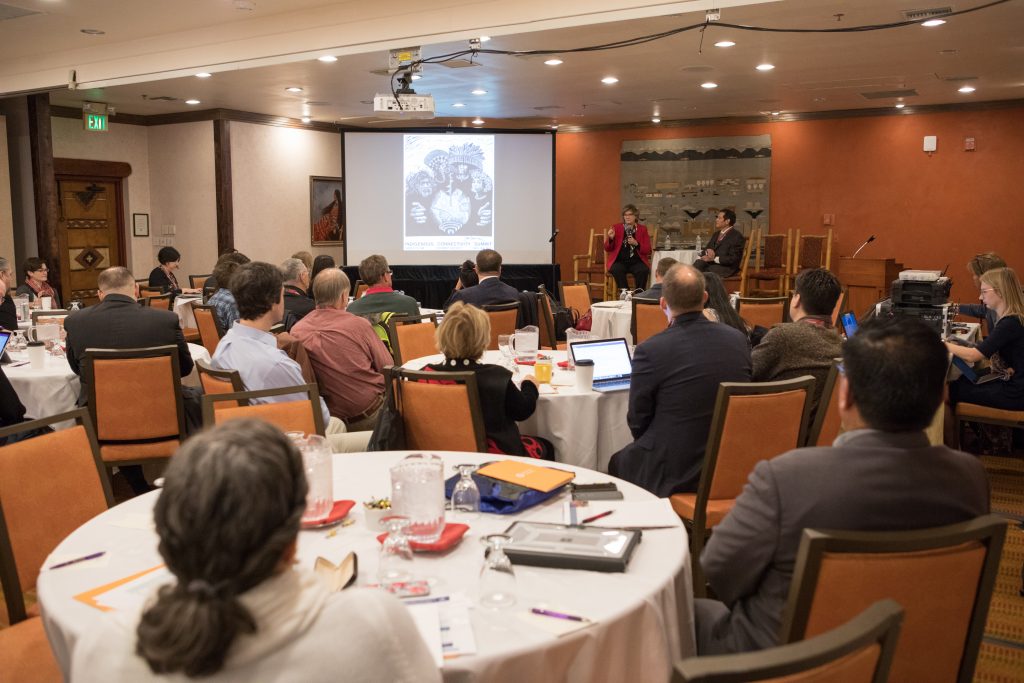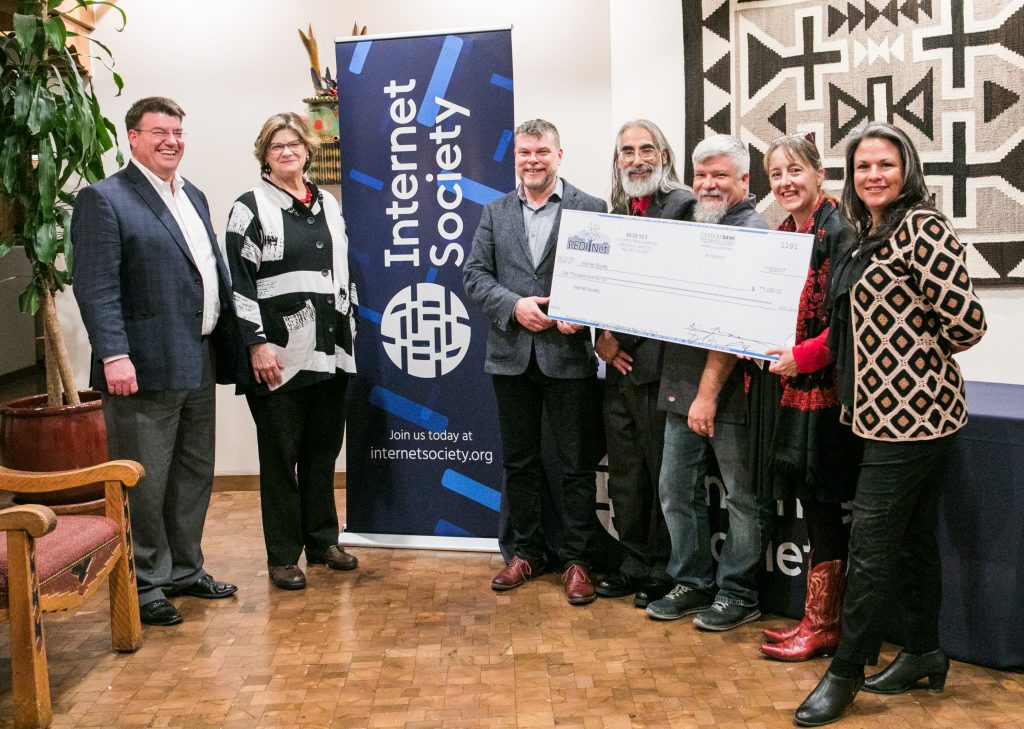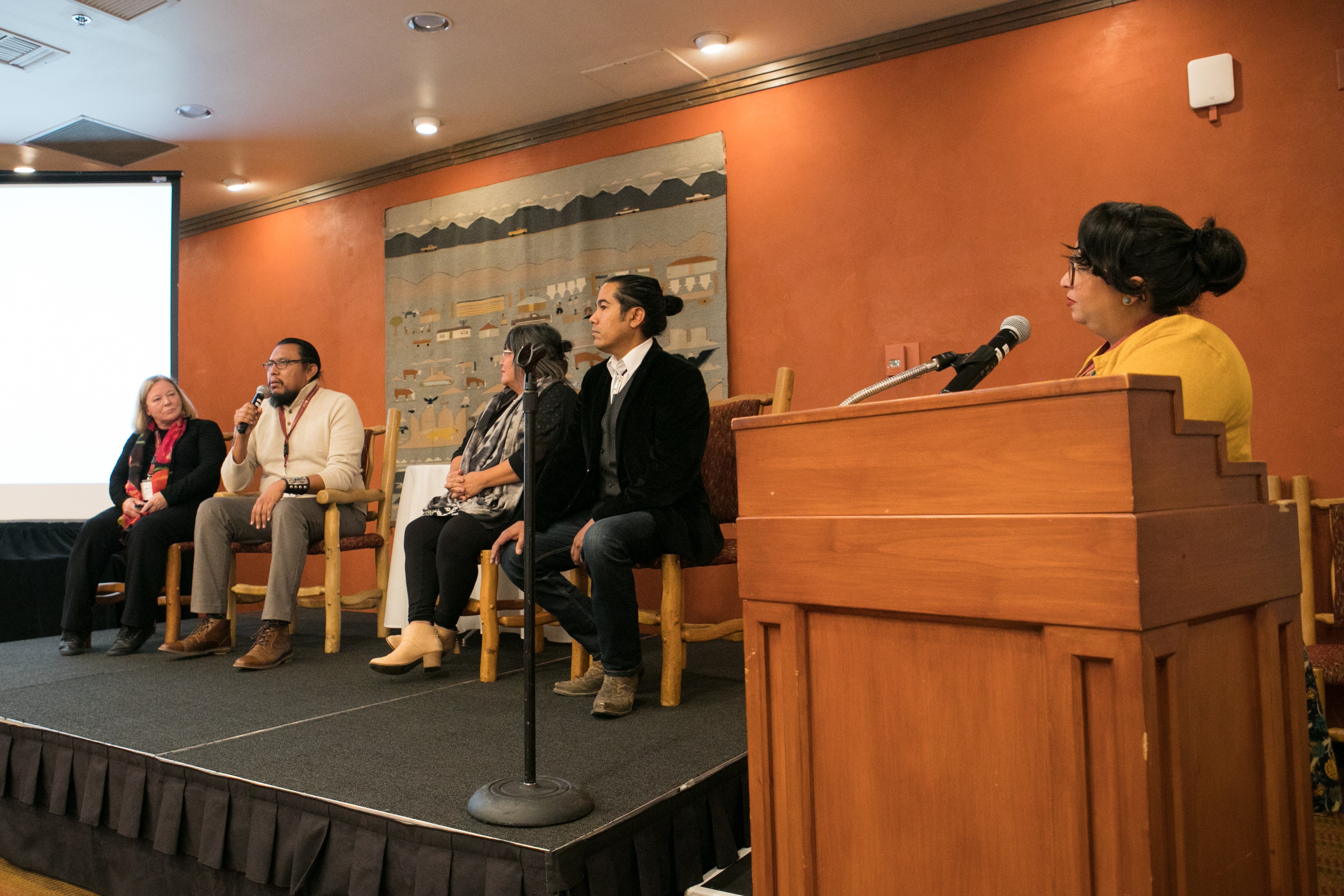If U.S. Senator of New Mexico Tom Udall’s call that “we must do better” to ensure connectivity in Indigenous communities set the tone, delegates of the Indigenous Connectivity Summit (ICS) in Santa Fe this month left with little doubt in our ability to do so.
Whether it’s a pueblo at the top of a mountain or a fly-in region in the Arctic, Internet access in many Indigenous communities is characterized by high costs, low speeds, data caps and poor or non-existent service.
At the Internet Society, we work to make sure the Internet is open and accessible to everyone, everywhere. The ICS was the first event of its kind to focus on ensuring Alaska Native, American Indian, First Nations, Métis, and Inuit communities have access to affordable, high-quality and sustainable Internet access. We heard from several Indigenous community network operators in North America and abroad about their experiences and the impact it’s had on their communities.
Perhaps the most resonant and inspiring message at the ICS was the potential of Indigenous community networks to provide access where commercial networks do not reach or serve, or areas where they may not be economically viable to operate. Speakers shared success stories of surmounting tremendous obstacles to establish by-the-community-for-the-community networks to close connectivity and cultural gaps.
As Internet Society CEO Kathy Brown put it, “In order to be connected to the economic backbone of the 21st century you have to be connected.”

Similarly, community-driven networks are critical to self-determination. We know that when people get access to the Internet, amazing things can happen. They can share ideas, build communities, start businesses, improve health outcomes, access education opportunities and support cultural and language preservation. This list of possibilities is endless.
As several ICS attendees noted, successful community networks also involve community networking.
The ICS was a good starting venue for community network manager/operators, Indigenous-owned Internet service providers, community members, researchers and policy makers, and Indigenous leadership to have a broader discussion about the value of connecting with each other to build capacity. We’re incredibly grateful to the youth, participants and speakers who dedicated valuable time to contributing to well-rounded conversations.
But the work has just begun.
As Kathy said at the outset of the Summit, to be truly successful in our mission to ensure all communities can get connected, “We can’t just fly in and fly out.”
The ICS was the start of a much larger and very critical conversation about how we can work and partner with Indigenous communities to ensure they can connect themselves to the Internet on their own terms.
To keep the ball rolling, we are working on a report on the ICS to make knowledge publicly available and contribute to future discussions with key stakeholders.
Internet Society will also continue its work to foster an enabling environment where Indigenous communities can connect and build community networks. This includes developing strategic partnerships and supporting opportunities for education and capacity building, initiatives that promote infrastructure, as well as supportive governance and policies.
Just as community networks are built and operated by people working together and combining resources, it took many efforts to make ICS possible and accessible to all.
Internet Society is incredibly thankful to its partners at First Mile Connectivity Consortium, New Mexico Techworks, 1st-Mile Institute and the recently-created Internet Society New Mexico chapter. We would also like to thank our event sponsors who played an equally important part in bring the event to fruition, including Google, the American Registry for Internet Numbers (ARIN), REDI Net, and the Internet Corporation for Assigned Names and Numbers (ICANN). Their support and generosity was critical to the success of the ICS.

The Internet is a powerful tool for change, but we can’t meaningfully move forward if millions are left behind. ISOC was founded by some of the Internet’s earliest pioneers and we have an important mission to work for an Internet that is open, global and secure – today and for future generations.
We encourage all ICS delegates to keep the momentum going by sharing what they’ve learned with people in their own communities and networks. Use our discussions to set goals, influence policy makers, and develop solutions and business models that respond to individual community connectivity needs now and into the future.
Did you miss the Indigenous Connectivity Summit?
To learn more and access video of panels, presentations and discussion, please visit the event’s page.

